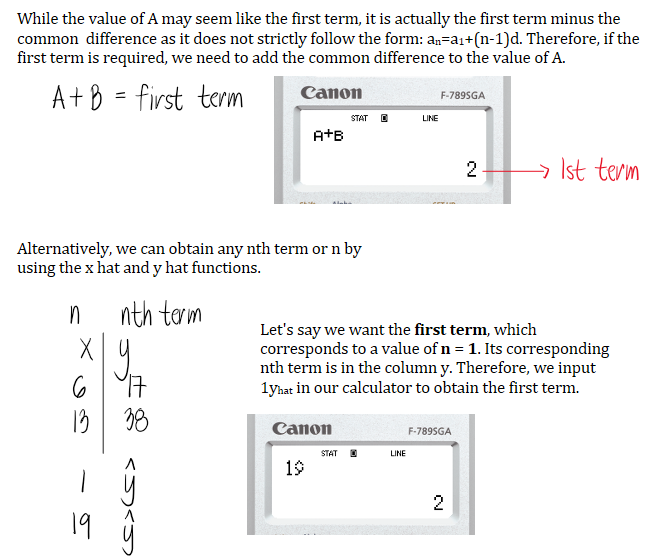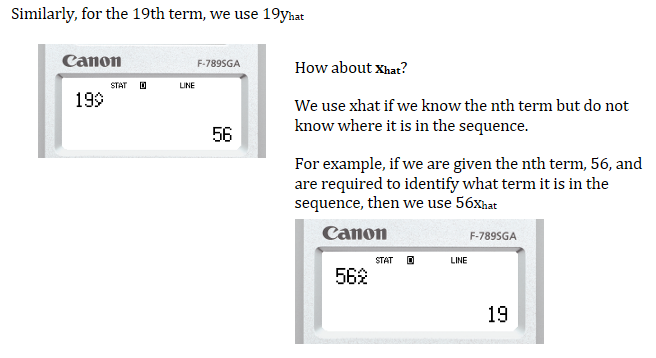An arithmetic progression (AP) is a sequence of numbers where each term increases or decreases by the same fixed amount, called the common difference.
This generalized formula is applicable in most arithmetic progression problems and is much more flexible.
This formula works for any AP — whether the number of terms is even or odd — because it relies on a clever pairing strategy.
Let’s add the AP: 2, 4, 6, 8, 10.
We can pair the first and last terms:
The middle term (6) is left unpaired, but we can treat it as “paired with itself.”
So the total sum is:
Or, using the formula:
The formula works because it essentially averages the first and last term, then multiplies by how many terms there are.
In an AP, the first and last terms always sum to the same value as the second and second-to-last, third and third-to-last, and so on. Whether the number of terms is even or odd, this symmetry lets us group and multiply efficiently — which is exactly what the formula captures.









The sixth term of an arithmetic progression is 17 and the thirteenth term is 38. Find the nineteenth term. Ans. 56



See images:






What is the sum of all odd integers between 7 and 777?



See images:




The 12th term, the 14th term, and the last term of an arithmetic sequence are 25, 31, and 37, respectively. Find the first term, common difference and the number of terms.



See images:




Find the number of terms and the sum of the terms of the arithmetic progression 32, 28, …4



See images:




In a pile of logs, each layer contains one more log than the layer above the top and the top contains just one log. If there are 105 logs in the pile, how many layers are there?



See images:



